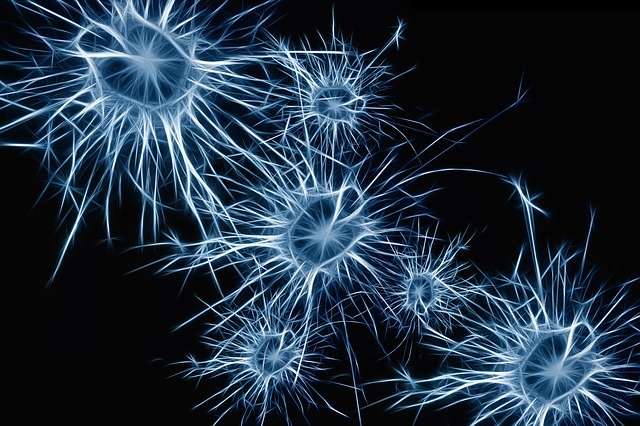Scientists investigate what effect adolescent binge drinking has on brain development using rats for modeling.
Mammalian brains undergo major structural and functional changes during adolescence. Brain development is controlled by a complex interplay between our genes and the environment. Certain genes need to be turned on at specific times to drive maturation. An additional level of complexity is that the brain responds to environmental cues such as hormones (which are crucial for sexual maturity), social and emotional stimuli, and lifestyle factors like exercise, stress management, and nutrient consumption. Each of these factors can impact gene expression and affect developmental programs in the brain.
Genes are quite dynamic; they can be turned on or off depending on the environment. A group of proteins called epigenetic modifiers can turn genes on or off without changing the information coded within a particular gene. This epigenetic regulation of genes is critical for brain development because it integrates social, hormonal, environmental, and genetic data to drive an efficient maturation process.
Alcohol exposure during adolescence
U.S. researchers wanted to know what changes occur in brains after alcohol exposure during adolescence. The investigation was to understand what changes in brain chemistry occurred from early exposure that caused certain behaviours in adults. Male adolescent rats (28 days old) were injected in their abdomens with ethanol (2g/kg) or saline every two days until each rat received eight injections. These injections continued until maturity into adulthood. The results showed that microRNA-137, a molecule known to have a regulatory role in brain function and the development of psychiatric conditions, was increased in adult rat brains.
The researchers went on to do some computational analysis and found that five of the top ten pathways that microRNA-137 regulates involve a protein called Lysine-specific demethylase-1 (LSD). LSD is an epigenetic modifier and is known to turn on a gene called brain-derived neurotrophic factor (BDNF). Brain-derived neurotrophic factor is a key regulator of differentiation and neuronal function. The scientists went on to show that the adult rats that were exposed to alcohol had decreased LSD gene expression and that fewer proteins bound to the BDNF gene.
Reversing alcohol’s damage to the brain
Researchers wanted to know if they could restore the rat’s brain chemistry. They treated rats with what is called an antagomir. Antagomir is a molecule that prevents microRNA-137 from working. The results of the testing demonstrated that administering antagomir reversed the effects of microRNA-137 on LSD and BDNF gene expression. The rats treated with antagomir experienced a temporary decrease in alcohol consumption. However, when the antagomir treatment was stopped, the rats with adolescent alcohol exposure, returned to their original behaviours of alcohol consumption.
Caveats
It is important to note that the researchers only used male rats in their investigation. The development of male and female brains differs substantially, particularly during adolescence. Therefore, the work presented here may not be a good representation of what occurs in the female brain. Behavioural effects in rats are also known to be specific to different kinds of rats, which may make it difficult to apply these results to other model systems and humans. The authors of this study mention that the antagomir has the potential to be a therapy, however, there are numerous challenges associated with this treatment approach that would have to be overcome. Further research is necessary.
References
- Mychasiuk R & Metz GA. Epigenetic and gene expression changes in the adolescent brain: What have we learned from animal models? Neuroscience & Biobehavioral Reviews 70, 189-197 (2016). https://doi.org/10.1016/j.neubiorev.2016.07.013
2. Spear LP. Effects of adolescent alcohol consumption on the brain and behaviour. Nature Reviews Neuroscience 19, 197 (2018). https://doi.org/10.1038/nrn.2018.10
3. Mahmoudi E & Cairns M. MiR-137: An important player in neural development and neoplastic transformation. Molecular Psychiatry 22, 44 (2017). https://doi.org/10.1038/mp.2016.150
4. Kyzar EJ, Bohnsack JP, Zhang H & Pandey SC. MicroRNA-137 drives epigenetic reprogramming in the adult amygdala and behavioral changes after adolescent alcohol exposure. eNeuro (2019). https://doi.org/10.1523/ENEURO.0401-19.2019



